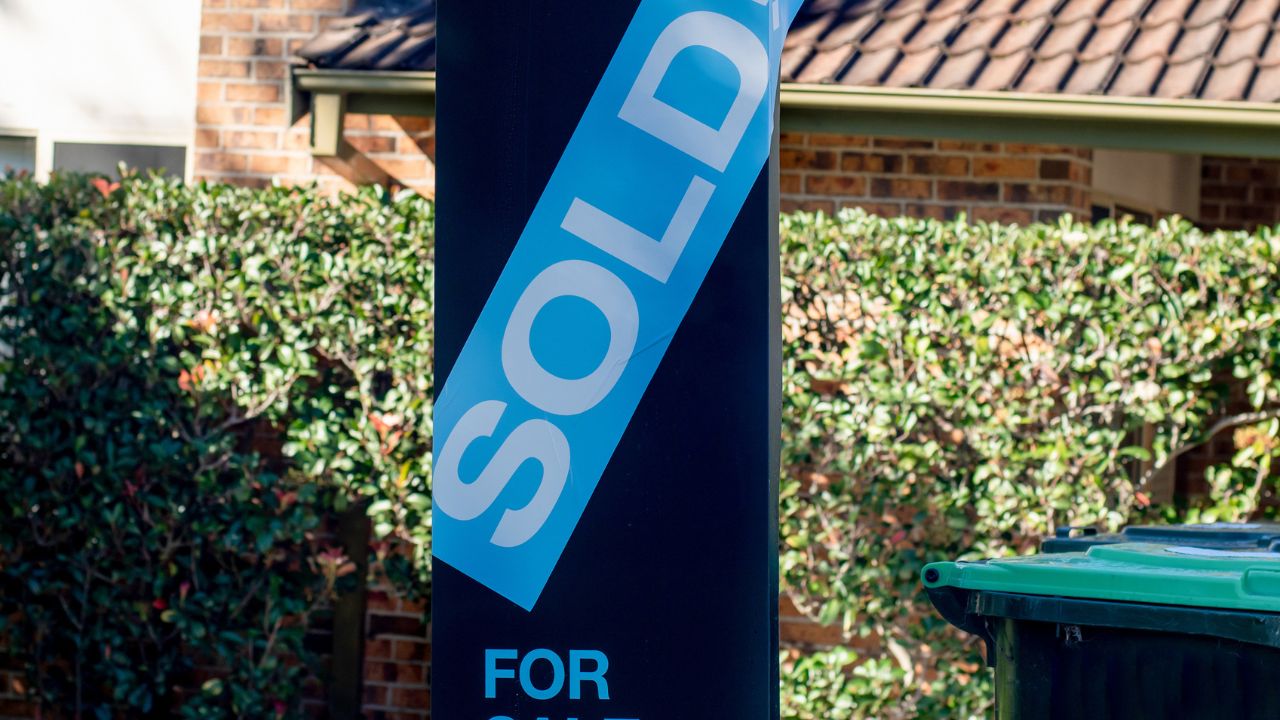According to Domain’s latest Matching Demand Report, which compared millions of buyer search prices against property listings across all capital cities, reveals where markets are aligned and where supply is failing to meet demand.
Houses show the steepest affordability gradient, with the price gap between buyer searches and listings widening closer to city centers and narrowing toward outer suburbs. Sydney remains the most challenging market, where listings sit above buyer search medians even in outer suburbs.
“Affordability has become the defining force in Australia’s housing story,” the report states.
“With borrowing power improving but population growth still strong against chronic undersupply, buyers are widening their search and reshaping where and how they participate in the market.”
Townhouses have emerged as the middle ground between aspiration and affordability. In most capitals, townhouse prices are now within 5-10% of buyer search medians through the middle and outer rings, showing a growing balance between supply and demand.
The report found that units display the most even relationship between search and listing prices, with most capitals in or near parity.
This suggests redirected demand from buyers priced out of houses and townhouses, or that buyers are seeking higher-quality apartments than current listings provide.
Prestige suburbs in Sydney and Melbourne remain well above search budgets, with gaps exceeding $1 million in east-coast inner-city markets.
The Eastern Suburbs-North area in Sydney shows the largest discrepancy, with listings $2 million above what buyers are searching for.
Meanwhile, outer suburban and lifestyle regions in Adelaide, Brisbane and Perth show buyers searching ahead of listings, an early sign of tightening conditions and growing competition across more affordable corridors.
The middle suburbs represent the equilibrium zone where affordability and accessibility intersect – capturing both upgraders and budget-conscious buyers seeking lifestyle and location.
“Across Australia’s capitals, price preferences reveal a clear and consistent pattern – one shaped by affordability, accessibility and shifting buyer expectations,” the report said.
“Houses remain the most uneven market, with large inner-city gaps where listings continue to sit well above buyer search budgets.”
For units, buyers are now decisively leading in outer metropolitan areas. The gap reaches -$170,000 in Hobart and around -$70,000 in Brisbane and Adelaide, showing search budgets outpacing listings.
The report highlights that demand is broadening beyond inner-city zones as affordability barriers push buyers toward the middle and outer rings. At the same time, supply is slowly adapting, particularly through townhouses.
“For policymakers, the findings highlight the growing importance of medium-density supply in maintaining balance across urban markets,” the report said.
“For developers and vendors, they underline a market where pricing precision matters – one increasingly defined not by scarcity alone, but by how closely new stock meets the budgets, locations and lifestyles that buyers are already searching for.”

